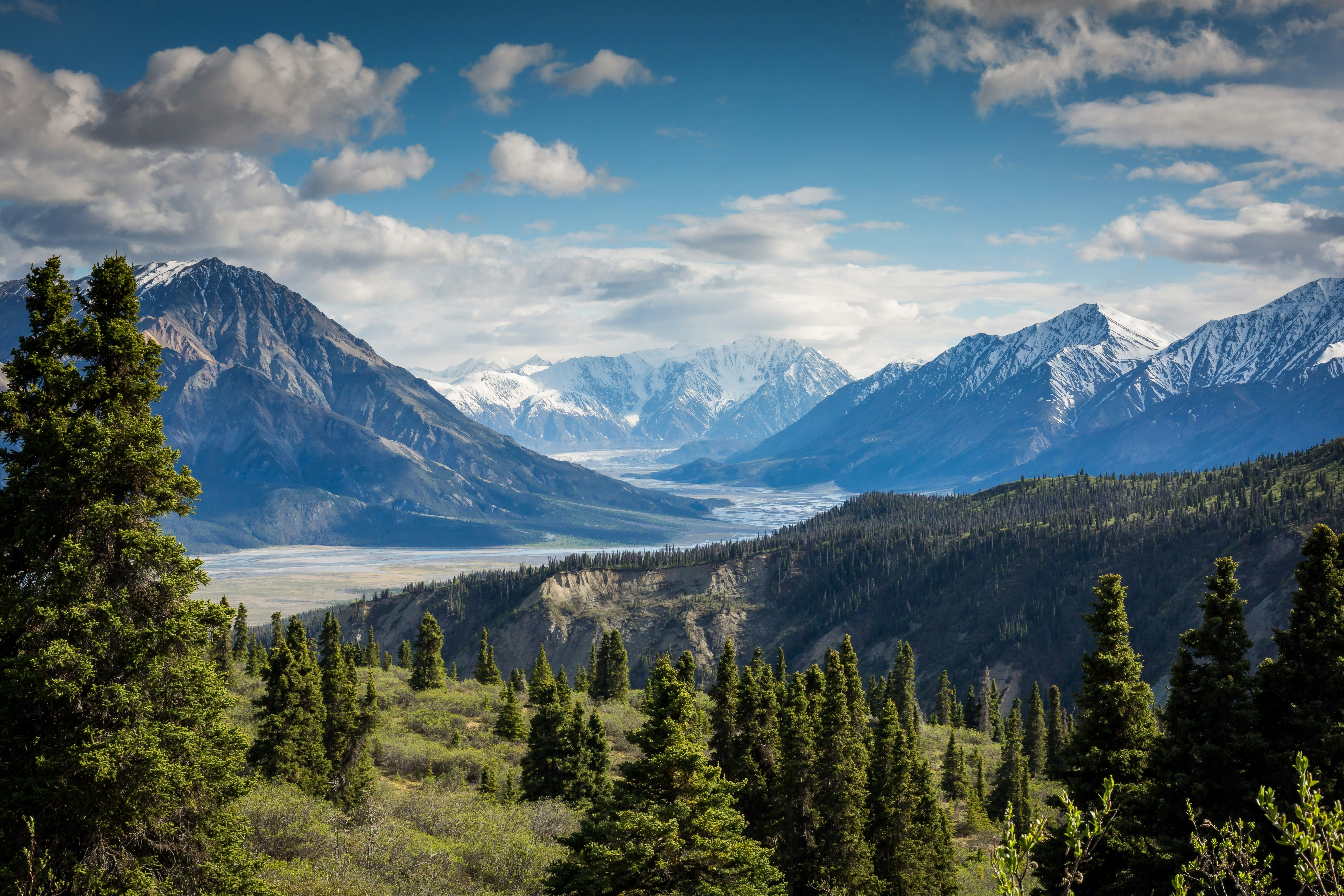The commencing of health tourism in Altai region.
Streamside Healing in the Altai Region:
The region of Altai has been a popular tourist destination for decades, but its beginnings as a health haven started long ago. Indigenous peoples and early settlers alike tapped into the region's healing potential, using its natural resources for centuries.
Cleansing Springs and Ancestral Inheritance:
Local indigenous groups, since ancient times, revered their springs, rivers, and lakes. These water sources weren't merely sources of drinking water; they represented repositories of sacred life force - "suu." Healing springs, or "arzhan," held a special significance in local medicine.
Historian Sergei Isupov, in his book "Biysk Fortress: The Heart of Altai," described the traditional rituals before visiting these springs. The people would follow a series of preparatory steps, such as abstaining from alcohol, intimacy, and certain types of mourning for months.
Miraculous Waters Flow On:
As Russian settlers moved in, they encountered the region's miraculous mineral springs and experienced their healing properties firsthand. One such spring, the Silver Key, is home to the famous "Sunrises over Biya" sanatorium.
Dmitry Eroshkin, a senior researcher at the Biysk Local History Museum, shared the history of the spring:
"People have always known about this place with healing waters. The village of Stan-Bekhtemir is an old Cossack settlement. Even earlier, before the settlement was established, ancient nomadic tribes lived here. They called the area 'Bi-Te-Mur,' meaning 'holy waters flowing into the Biya.' In the year 1730, the Russians built a fortification - the Bekhtemirskiy outpost. By 1754, the commander of Biysk Fortress, Lieutenant Colonel Semen Kolobov, was reporting to the Tomsk chancellery about the spring's healing properties."
Healing with Wild Honey:
Close to 40 years ago, Sergei Isupov, the same historian, worked as the chief keeper of the Biysk local history museum named after Vitaly Bianki. While sorting through a collection of pre-revolutionary postcards, he found a unique message from a postcard dated March 1893. The message, penned by P. Mitrofanov from Tobolsk, addressed to his nephew Vladimir, read:
"...after spending time with friends in the Altai mountain air and undergoing treatment with wild honey in Chernaya, I have become completely healthy and have hope to return to Altai again."
This postcard serves as one of the earliest pieces of documentary evidence of the emergence of health tourism in Altai.
The Dawn of Altai Tourism:
By the turn of the 20th century, tourism in the Altai Mountain Region had become widespread. This surge was primarily due to the development of resort and health trips. Early tourists were called "dachniki" and "airers" – the wealthy class looking for relief from city heat and dust, immersing themselves in highland climates and reaping the benefits of coniferous taiga and radon.
Every year, spa tours to Rakhmankovskie springs, Belokurikha, and Chemal, as well as healing trips to the koumiss farms of Chornyi Anui and Tyudra, gained popularity. Parallel to health tourism, educational tourism also developed: to Lake Teletskoe, Belukha, and the Uymon valley.
Tapping into the Land with the Russian Tourist Society:
In 1901, the Russian Tourist Society (RTS) was established in St. Petersburg. This organization arranged tours across the country, including the Altai region, for the upper and middle classes of St. Petersburg and Moscow. An article in the January 1901 issue of the society's journal explained the RTS's purpose:
"Our vast Russia is rich in diverse treasures, its history is full of events, its landscapes are numerous and picturesque, and its people are interesting and likable. Do we know our Motherland, do we study it? Unfortunately, not only do we not study it, but we also do not even try to learn more about the places where we live. This is unforgivable, unpatriotic. And yet, it is so easy to become a part of a common effort that would be worthy of true sons of their Motherland."
This call to action is as relevant today as it was a century ago.
The RTS organized routes to Altai between 1911 and 1913, starting in Biysk and including trips to Lake Teletskoe, Chemal, and Belokurikha. Special carriages, known as "kolias" and "korobki," were used for transportation during these tours.
Celebrating Altai: More Than Healing and Education:
In Biysk itself, numerous advocates of health and educational tourism emerged at the turn of the 20th century. Among the most notable were P.V. Ornatsky, publisher and editor of "Altai" newspaper, and I.I. Rychkalov, a well-known local historian, photographer, and sportsman in Biysk, as recounted by Sergei Isupov.
Vladimir Pavlovich Steifel'd, the district police chief, wrote about the clean air, kumys (fermented mare's milk), bathing, and other health procedures of the Altai Mountains in his 1910-1911 book, "Biysky Uezd of Tomsk Governorate. Topographical, Economic, and Ethnographic Sketch." He expressed optimism about Biysk's future prospects.
The underdeveloped road network of our ancestors did not discourage them much. Siberian scientist-geographer, traveler, and Tomsk University professor Vasily Sapozhnikov wrote in 1911:
"Riding a good horse with overnight stays on a colorful mountain meadow or under dense cedars, with views of a bubbling stream or snow-capped peaks, gives a particularly invigorating and joyful feeling. The best proof of this is that, in recent years, even ladies without much experience in horse riding have ventured deep into the Altai."
At the beginning of the 20th century, the most comfortable and popular tours were balneological tours to Belokurikha, renowned for its hot mineral springs. By 1911, up to 500 vacationers were visiting Belokurikha's mineral waters every summer, primarily to treat rheumatism, according to data from the district police chief V.P. Steifel. Around the same time, tourist routes that included visits to maralniks with hot baths in "cooking water" grew increasingly popular.
- Local indigenous groups, in ancient times, revered their springs, rivers, and lakes, viewing them as repositories of sacred life force, particularly the healing springs known as "arzhan."
- In 1730, the Russians built a fortification near one such healing spring in the village of Stan-Bekhtemir, which the ancient nomadic tribes had called 'Bi-Te-Mur,' meaning 'holy waters flowing into the Biya.'
- In 1901, the Russian Tourist Society (RTS) was established and organized tours across the country, including the Altai region, to enable the upper and middle classes of St. Petersburg and Moscow to explore regions like Altai for healing, education, and travel.
- By the turn of the 20th century, health tourism in the Altai Mountain Region had become widespread, with spa tours to Rakhmankovskie springs, Belokurikha, and Chemal becoming popular, as well as healing trips to the koumiss farms of Chornyi Anui and Tyudra.
- Vladimir Pavlovich Steifel'd, the district police chief, wrote about the benefits of the clean air, kumys (fermented mare's milk), bathing, and other health procedures of the Altai Mountains in his 1910-1911 book.
- At the beginning of the 20th century, the most comfortable and popular tours were balneological tours to Belokurikha, renowned for its hot mineral springs, used to treat various medical conditions.




